Deformity Size
Deformity Market Growth Projections and Opportunities
Understanding the prevalence and incidence rates of various deformities, such as musculoskeletal deformities or congenital anomalies, is crucial for market analysis. Factors like population demographics, genetic predispositions, and environmental influences impact these rates, shaping market demand for related treatments and services. Advancements in diagnostic technologies, including imaging modalities like X-rays, CT scans, and 3D imaging, facilitate accurate diagnosis and assessment of deformities. Enhanced diagnosing abilities determine the market demand of deformity correction procedures and supportive therapies. The evaluation of the range and effectiveness of treatments modalities for deformities, including surgical interventions, orthotic devices and physiotherapy is critical. The market dynamics are influenced by factors such as availability, affordability, and patient acceptance of these treatments as well as emergence of minimally invasive surgical techniques. Research and development (R&D) focused investment in deformity understanding and innovative treatments development pattern the market environment. The efforts of R&D stimulate innovation in rules of surgeries, implant materials and approaches in regenerative medicine that influence market growth and competitiveness. Regulatory environment on approval, manufacturing and marketing of medical devices and surgical interventions for deformity correction influence market dynamics. Regulatory standards compliance, fast track programs for innovative technologies, and reimbursement policies impact market penetration and adoption. The affordability and accessibility of deformity treatments are influenced by economic related factors such as health care investment and reimbursement policies. Market dynamics are brought about by the government healthcare spending, private insurance coverage, and the out of pocket expenses for the patients seeking deformity correction procedures and supportive care services. Analysis of the competitive landscape of firms that are in the business of research and commercialization of deformity correction technologies reveals market trends and dynamics. Market consolidation, partnerships and differentiation strategies among products are some of the factors that define competition within the market leading to innovation and improved treatment outcomes. Knowing the demography of the patients with deformities which includes their age, sex and socioeconomic status, helps in identifying the market openings and make the health care services to be well responsive. The market demand is influenced by demographic changes and development of targeted therapy for patient populations like pediatric deformities or age-related musculoskeletal conditions. Monitoring technological innovations in orthopedic surgery, including 3D printing, implant materials, and computer-assisted navigation systems, provides insights into future market trends and opportunities for deformity correction. Advances in technology drive the development of more personalized and minimally invasive treatments, improving patient outcomes and expanding market reach.
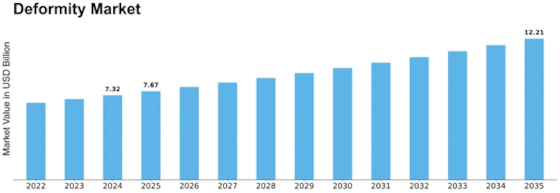

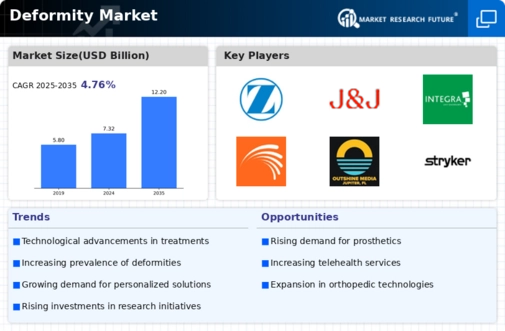
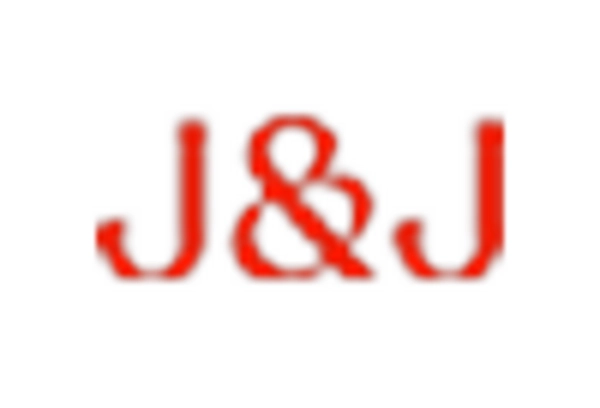
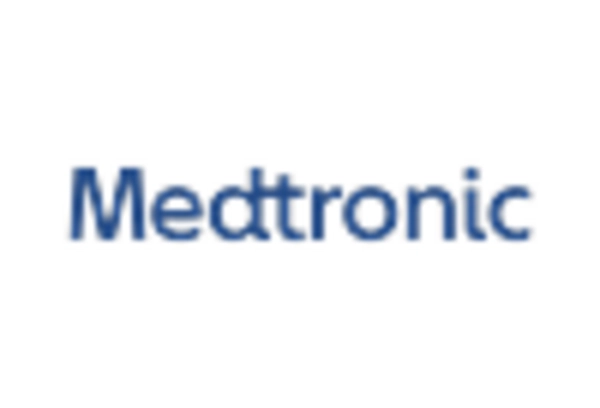
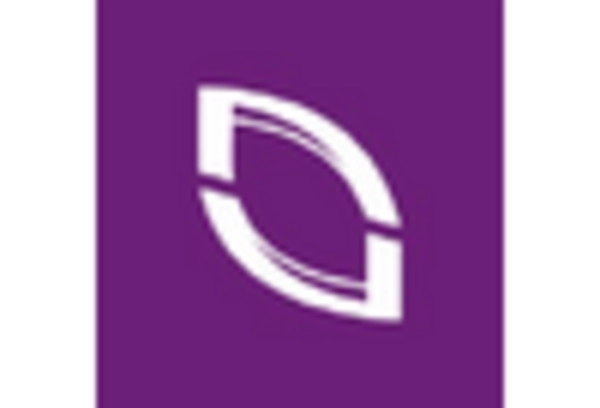

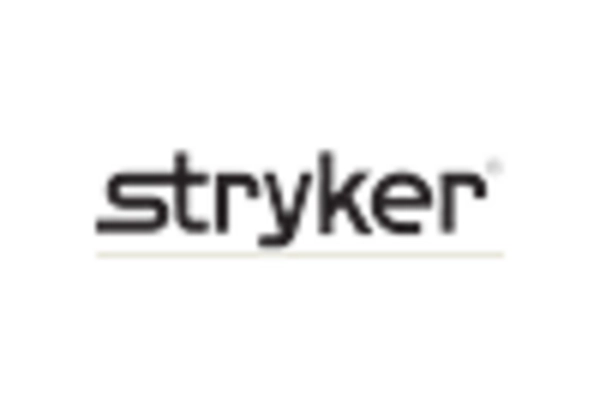
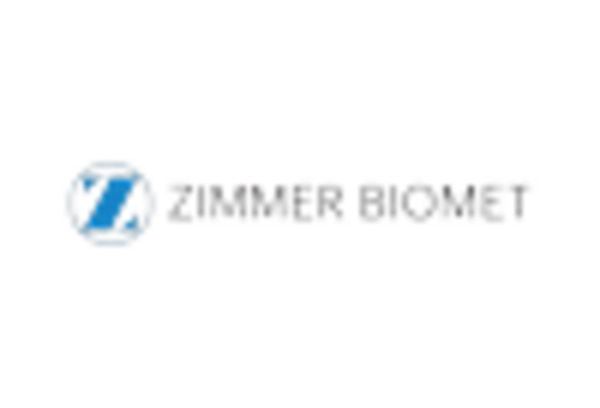









Leave a Comment